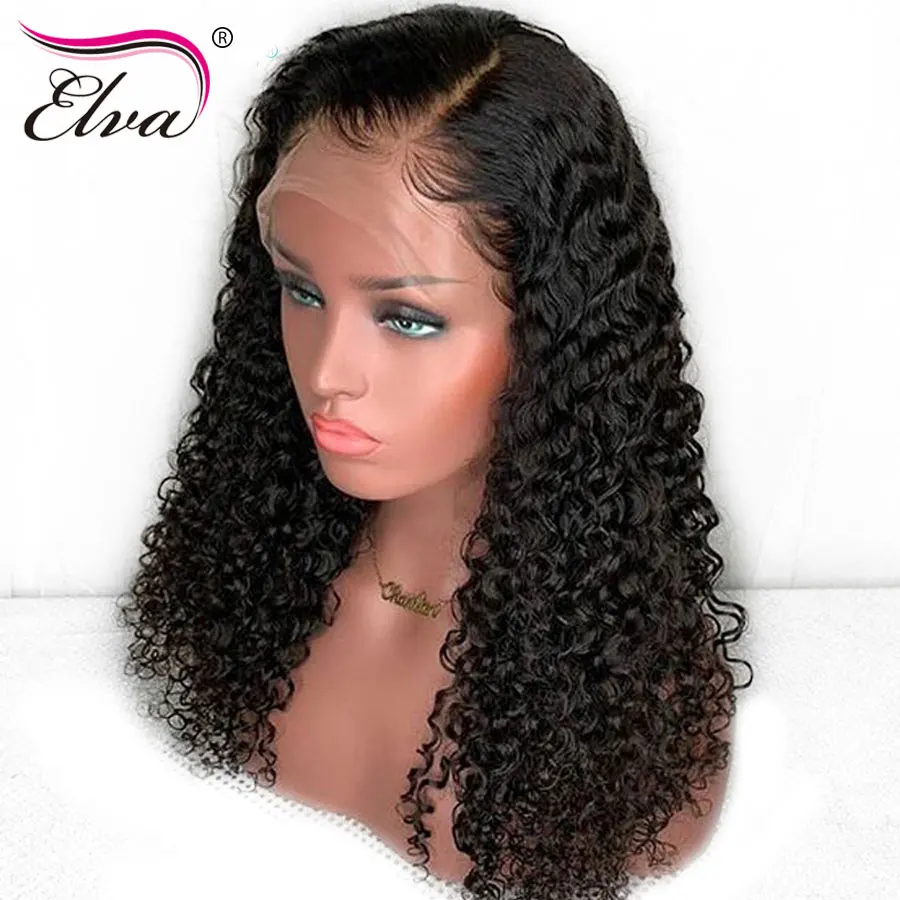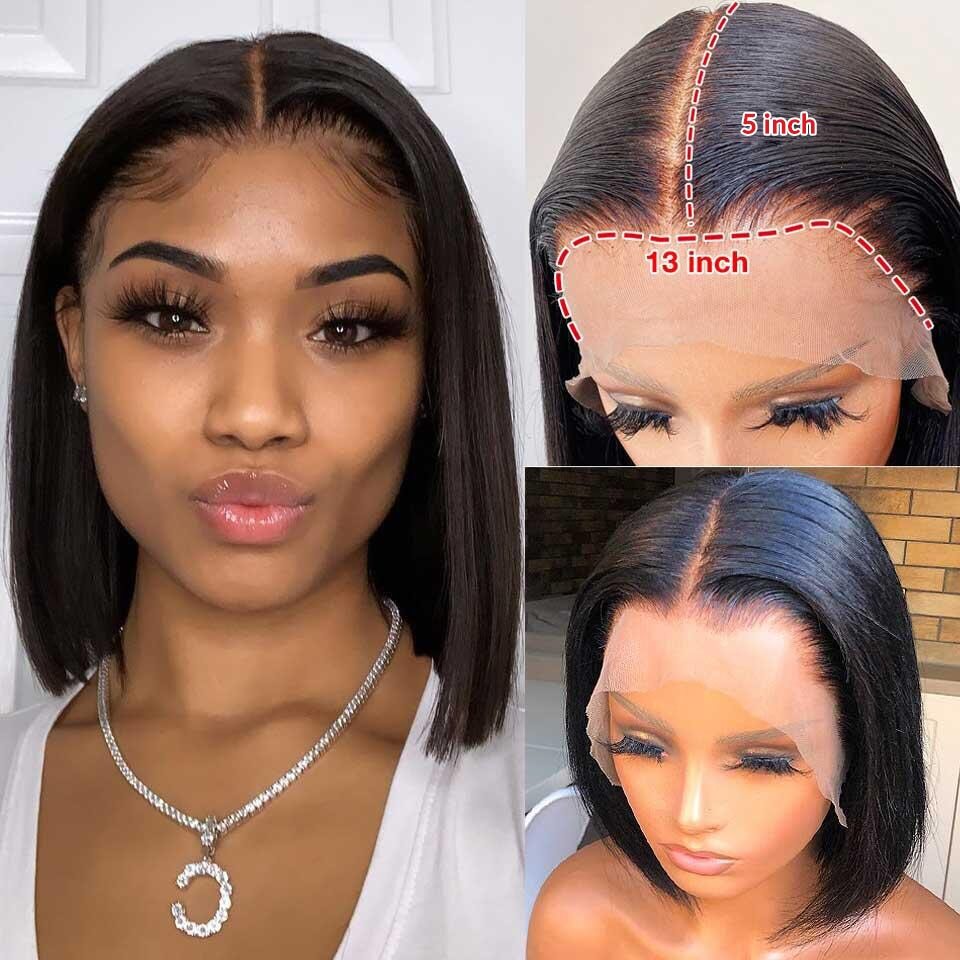Table Of Content
- What treatment options are available?
- How to Identify, Treat, and Prevent Infected Ingrown Hairs
- What Can Cause Tongue Bumps?
- Rifle Paper Co. + Venus Deluxe Smooth Sensitive Razor
- Say goodbye to pesky ingrown hairs with these dermatologist treatment and prevention tips
- Everything You Need to Know Removing Deep Ingrown Hairs, According to Derms

This removes a dead layer of skin cells and helps release ingrown hairs. Make small, circular motions to wash the affected areas with a washcloth, exfoliating brush, exfoliating gel, or scrub. It's not common, but you can develop a staph infection from ingrown hairs if they're not treated. Symptoms include a pimple at your ingrown hair's follicle, warmth or swelling around your ingrown hair, fever, or a general feeling of illness. Sometimes, dead skin can clog a hair follicle, which forces the hair to grow sideways under your skin rather than up and out. If you cut naturally curly hair too short, the sharpened end of the hair can pierce your skin, causing an ingrown hair.
What treatment options are available?

"It’s possible to remove visible ingrown hairs with the help of a sterile needle and tweezers," Palm says. Anyone can experience an ingrown hair, but people who shave, tweezes or wax hair on their bodies are more at risk for developing ingrown hairs. According to the Mayo Clinic, having tightly curled hair is the number one risk factor for experiencing ingrown hairs.
How to Identify, Treat, and Prevent Infected Ingrown Hairs
This will allow you to grasp only the hair and avoid damaging your skin. Infected ingrown hairs can be uncomfortable, but most clear up on their own in 7–10 days with good hygiene. If the hair is near the skin’s surface, however, you may be able to remove it by gently grasping it with sterilized tweezers. If you have an ingrown hair on your leg, face or anywhere else, I’m sure you want it gone fast.
What Can Cause Tongue Bumps?
“The whole idea is for your body to respond to those tiny wounds that you're creating, and again, stimulate collagen production,” she explains. Traumatic fibroma, also known as oral irritation fibroma, is a harmless scar-like reaction to ongoing irritation in the mouth. It appears as a firm, smooth bump, usually the same color as the mouth or slightly darker if it has been bleeding. Glossitis is when the tongue becomes inflamed and looks swollen. Glossitis can cause the normal bumps on the tongue to disappear, giving the tongue a smooth appearance.
A medical professional can treat ingrown hairs and help you prevent them in the future. If bacteria or other pathogens enter the skin, an infection can develop, leading to a painful bump. If they persist, recur, or are severe, consider speaking with a doctor. Not all ingrown hairs become infected, and they usually resolve on their own in a few days. Staphylococcus (staph) infections can occur with an ingrown hair. Staph is typically present in your skin flora, but it can’t cause an infection unless it enters a break in the skin.
When should you see a healthcare professional?
The information in our articles is NOT intended to replace a one-on-one relationship with a qualified health care professional and is not intended as medical advice. Depending on your age group and the extent of your lines and wrinkles, serums and creams will only go so far. Addison Aloian (she/her) is the assistant love & life editor at Women’s Health. Outside of topics related to lifestyle, relationships, and dating, she also loves covering fitness and style. In addition to Women's Health, her work has also appeared in Allure, StyleCaster, L'Officiel USA, V Magazine, VMAN, and more. Stephanie (she/her) is the director of the Hearst Health Newsroom, where she writes, edits and oversees all health content for Good Housekeeping, Prevention and other Hearst titles.
Say goodbye to pesky ingrown hairs with these dermatologist treatment and prevention tips
Tweezing can result in ingrown hairs when part of the hair follicle is left beneath the skin’s surface. Pulling the skin taut during shaving can also cause ingrown hairs since this action permits the cut hair to draw back into the skin and re-enter the skin without first growing out. Other times, dead skin cells cause a hair follicle to become clogged, which leaves the hair no choice but to grow sideways beneath the skin’s surface.
How can I prevent ingrown hair?
Sugaring uses a paste made from a combination of sugar, honey, water and lemon juice to remove hair (not skin) without the discomfort of traditional waxing. This is an especially good option for anyone with sensitive skin. Sugar and salt are considered to be natural mild exfoliators that can be applied to an ingrown hair to help reduce redness or irritation. My homemade body scrub with sugar and sea salt is a great combination of these two amazing exfoliators.
Here’s How To Get Rid Of Those Pesky Ingrown Hairs, According To Trusted Dermatologists - Essence
Here’s How To Get Rid Of Those Pesky Ingrown Hairs, According To Trusted Dermatologists.
Posted: Mon, 08 Jan 2024 08:00:00 GMT [source]
Small bumps on the tongue may be caused by common injury or irritation, while bumps that get bigger or worse over time may signal an underlying health condition. You should always shave in the direction of hair growth first. That might seem counterintuitive, but it prevents razor burn and allows you to pick up more of the hair. If your ingrown hair is on your bikini line or somewhere on your legs, it's also best to avoid any tight pants or hosiery. Let your skin breathe and give the ingrown a chance to heal — constant rubbing in from skin-tight pants is not going to help the situation. Many reviewers say that this popular razor provides a "close shave," is "great for sensitive skin" and doesn't cause razor burn.
Ingrown hairs can be treated by stopping shaving, removing the hair follicle, or applying topical medication. Learn more about treatment options for ingrown hairs, as well as prevention tips and when to see a healthcare provider. If you decide to remove the hair yourself, practice smart hair removal to reduce your chance of ingrown hair. Some types of ingrown hair cysts can’t be prevented simply by avoiding hair removal.
A red, raised, (often painful) bump, ruining the landscape of your otherwise flawless skin. Ingrown hairs happen, but before you reach for the tweezers or get to squeezing, read this. We asked top dermatologists for their best advice on how to get rid of ingrown hair, and, more importantly, how to prevent these pesky bumps from cropping up in the first place. Ingrown hairs typically don’t cause serious complications or health concerns. However, they can affect your quality of life and self-esteem if they keep coming back.
Abrasive scrubs like sugar and salt scrubs do exfoliate the skin but often at the expense of causing excess skin irritation, Dr. Murphy-Rose says. Coconut oil, also known as lauric acid, is derived from coconuts. The lauric acid found in coconut oil can have antimicrobial properties, which can help kill bacteria on the skin and reduce inflammation. It is also known to help remove makeup, exfoliate the skin, and lock in moisture. Not only does aspirin contain salicylic acid, but honey also has antibacterial properties, which can help reduce the possibility of inflammation and infection, says Dr. Shaurya.
We know honey has soothing and antibacterial properties, and this combination of ingredients keeps follicles clear of any blockages while providing calming and moisturizing benefits to the skin. All these things help coax ingrown hairs out of the follicle before they become inflamed or infected. Ambrosen recommends applying this mixture to already dampened skin for the best results. Look for products or natural ingredients (like aloe vera) that contain salicylic acid. It's known to help prevent infection, reduce bacteria, aid proper skin cell turnover, and prevent blockage of hair follicles.
They also vary in appearance — some appear as skin-colored bumps with a black center (which is the trapped hair), others look like small red pimples or large, painful pus-filled bumps, Chang says. While anyone can develop pseudofolliculitis barbae, the condition is particularly common among people with coarse or curly hair. Black and Asian men often develop ingrown hairs on the beard area of the face and neck. Hair removal methods that don’t require shaving are less likely to result in ingrown hairs, but they don’t necessarily get rid of the problem entirely.















